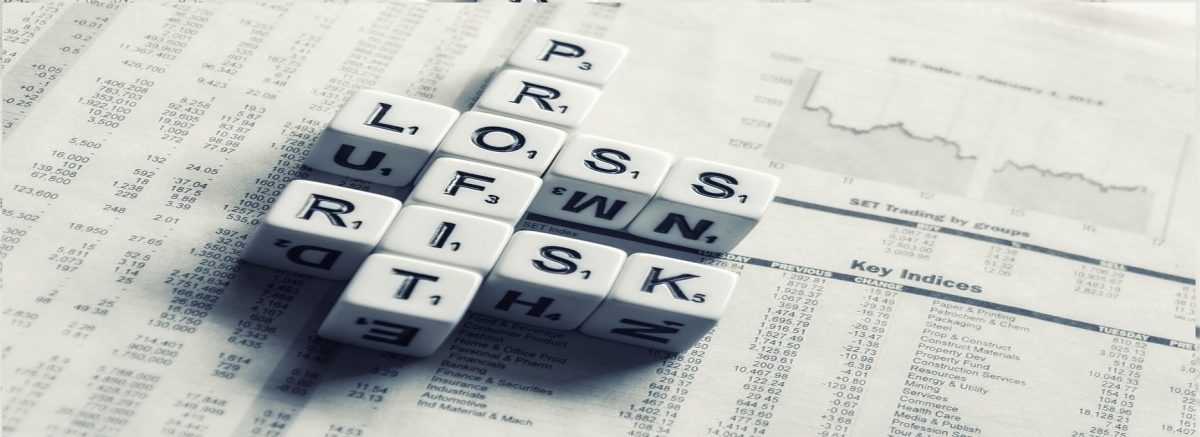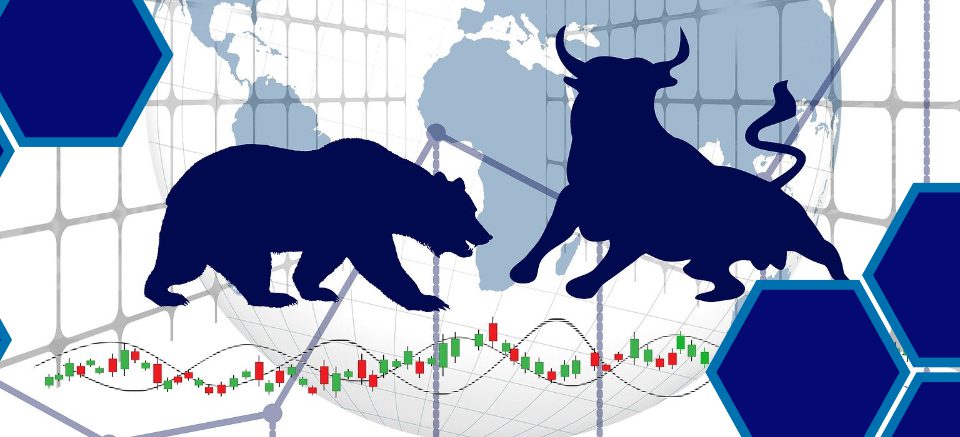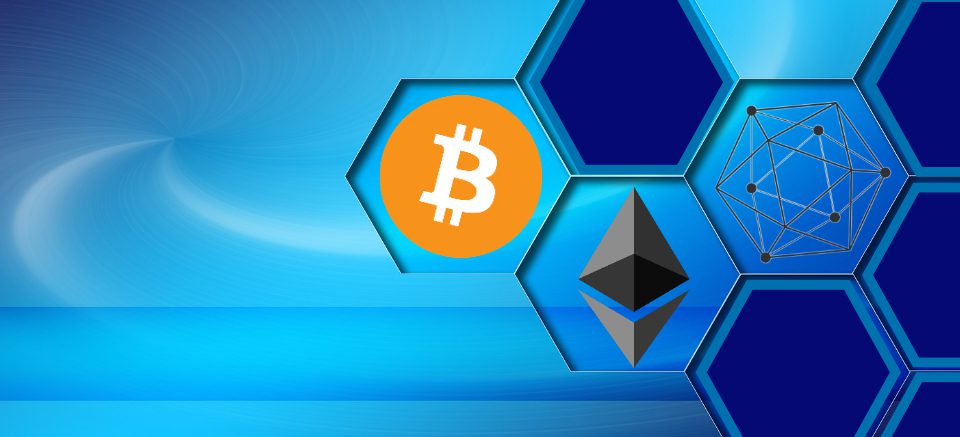- Contact us
- +599-9 461 4545
- info@dcsx.cw
The Financial Marketplace

Planning, Investing and Steps towards Wealth Creation Part 2
February 13, 2018
The Social Exchange of Facebook & the Capital Market
February 13, 2018The Financial Marketplace

Publication 5. 2017
Hopefully, you have started to deduct the 10% “pay-yourself-first contribution” I suggested in the previous article and you are pretty convinced about investing rather than only saving, even with the additional risk. Ok. Yes. So? Now what? How do you move forward?
To answer your questions, we need to make sure everyone is on the same page when we talk about financial markets or any other markets that you may hear bounce about in the media regarding investments. Also, let’s get the basics out of the way when it comes to the capital market so that you will understand why we chose to zoom in on this specific market for our upcoming articles.
We will start by identifying the purpose of any market. It is a place where buyers and sellers go to trade (buy and/or sell) quality products at best prices. For instance, after an awesome shopping experience, you leave the store, feeling as if you have gotten a good price for the item you buy because that is the “price of the market” – for that item – and of that quality. You know this because you took the time to shop around and you found that the price for the quality product you want hovers between a particular price range. Also, you trust the market because it is transparent, fair and efficient; the buyers and sellers know the rules and agree and adhere to them. For example, when you go to the shoe store, the price is normally displayed on the shoe, you can ask for assistance to try the shoe to see if it fits and you pay the price displayed in exchange for the shoe. Those are the rules. Sounds fair and easy, right?
If we apply the marketplace scenario for the money we have available for investing, we will agree that we need a place that will allow us to get the “best products” for our surplus cash. The ultimate product, in this case, would be awesome returns while our price is our level of savings and our appetite for different levels of risk. Returns are either interest rates if you are talking about bonds or dividend and capital appreciation if you are talking about stocks. Those are the basics. Returns can get more complex but let us keep things simple for now.
In the investment world, our marketplace is the Financial Market. It is a place – not necessarily a physical structure- where buyers and sellers meet to buy and/or sell financial instruments with the objective of mobilizing monies from the lenders – individuals (through their savings) and businesses (from excess cash flow) to the borrowers – individuals (entrepreneurs), businesses (companies that would like to expand) and the government – who need the money for productive purposes. The recent Building Depot bond issuance transaction is a good local example of such a Financial Market transaction.
Within the Financial Market, we have a number of smaller more specialized markets –Foreign Exchange Market; Commodities Market; Derivatives Market; Futures Market, Capital Market; Money Market – the list goes on. Each of these markets provides opportunities for return along with a spectrum of varying risks.
Of the markets mentioned, the Capital Market and the Money Market are more common, less complex and serve as the backbone of most established Financial Markets. A number of persons use these two markets interchangeably but they have one primary difference. Quite simply, Money Market is the section of the Financial Market that deals with investments maturing within one year – short term – while Capital Markets deal with long-term investments. That is it! Nothing fancy! As you can imagine, securities issued in the Money Market would have lower rewards than the long-term investments that take place in the Capital Markets. As an investor, it is quite logical that you would want to be rewarded with higher returns for taking on risks for a longer period. Right?
Your savings account and simple 1-year term deposits form part of the Money Market – which I would consider as saving and not investing – while bonds and stocks form the Capital Market. Given our main goal of wealth creation which is primarily derived through the Capital Market, the articles will take you up the learning curve to further develop your understanding of the opportunities this market can provide.
Think about it… if the Capital Market transfers idle savings or surplus funds into long-term productive channels of the economy; this must be a win-win for everyone, even the economy as the GDP (the value of what an economy produces) will expand from benefits of the productive investment. Accordingly, the Capital Market is an essential prerequisite for faster growth of an economy and is normally the cornerstone for the growth of many First World countries. So this is where I believe one should start and because most if not all Capital Markets function best through a Securities Exchange; for the next publication we will delve deeper into understanding Capital Markets in general, and more importantly, the role of Curaçao’s securities exchange the “DCSX” with regard to this.
“Money is one form of power. But what is more powerful is financial education. Money comes and goes, but if you have the education about how money works, you gain power over it and can begin building wealth. The reason positive thinking alone does not work is because most people went to school and never learned how money works, so they spend their lives working for money.” Robert Kiyosaki
This editorial is presented to you by the DCSX with the collaboration of Vertex Investments.
Author of this publication: Stephanie Shaw CFA, MBA.




